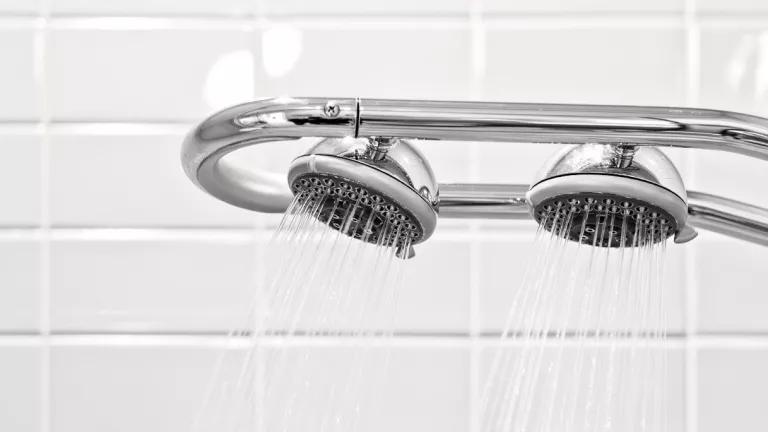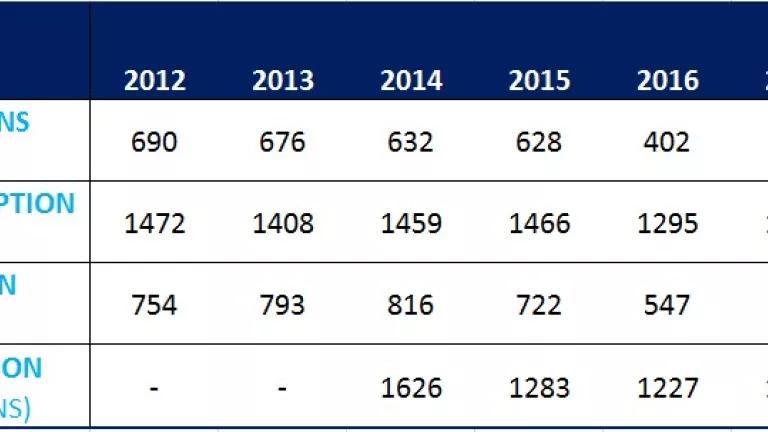The Show’s Over: Showerhead Efficiency Standard Is Restored
The US Department of Energy finalized a rule this week that eliminates the Trump-era change that allowed for the sale of new multi-nozzle showerhead arrays to bypass the efficiency standard in place for showerheads since 1994.

Donald Trump's clowning around with the US showerhead efficiency standard is over. The Department of Energy (DOE) finalized a rule this week that eliminates the Trump-era change that allowed for the sale of new multi-nozzle showerhead arrays that bypass the efficiency standard in place for showerheads since 1994. By applying the maximum flow rate of 2.5 gallons per minute to each individual nozzle, rather than the array as a whole, the Trump rule allowed multi-nozzle products with two or three nozzles to flow at 5 or 7.5 gallons per minute. Want even more? We’ll add another nozzle. Since each additional nozzle was allowed to multiply the standard's maximum flow rate, the 1994 standard was effectively gutted. The reversal of Trump's rule takes effect January 19, 2022.
Many modern single-handle shower valves do not even allow the bather to adjust the volume, only the temperature, so the flow rate of the shower is simply the maximum that will pass through the showerhead. The unavoidable waste resulting from these new multi-nozzle showerheads would quickly add up, sending decades of progress on water and energy efficiency down the drain.
While showerheads offered Trump an easy laugh line at his rallies, there was no real constituency for his proposal, since compliant showerheads that provide vigorous showers are widely available. The ex-president railed against showerheads that don’t exist: ones that you turn on and “the water doesn't come out.” This was absurd on its face. US manufacturers were fine with the previous standard, as were consumer groups. The cheerleaders for the weakened standard were actually a couple of Washington-based, ideologically-driven think tanks that find fault with all federal regulations. They cooked up two more overly-clever proposals to gut efficiency standards—one for dishwashers and another for clothes washers and dryers—with the make-weight argument that efficiency standards made these products take too long to run through their cycle. These rules were also factually weak, legally deficient, and lacking any real constituency, and they too are being tossed into the dumpster by DOE.
As the enormity of the challenge of climate change becomes more obvious, there are many tough choices ahead for public policy. But resisting the call to sabotage energy and water efficiency standards that deliver savings and value to consumers every day is not one of them. The current administration has acted quickly and sensibly. The buffoonery is over, and the serious work to maintain reliable and affordable energy and water service for US households and businesses continues.




